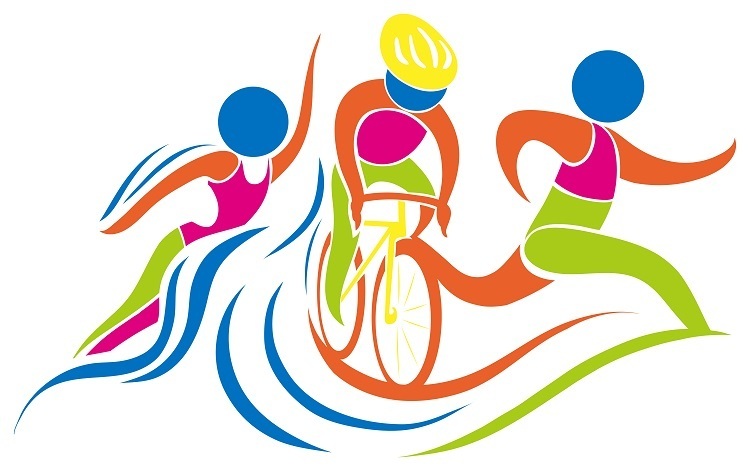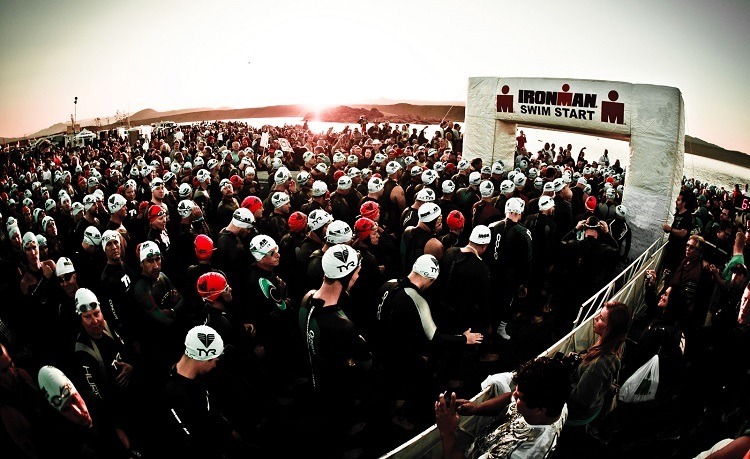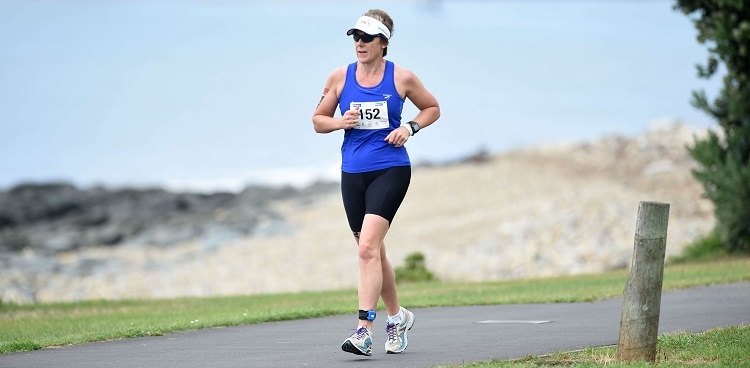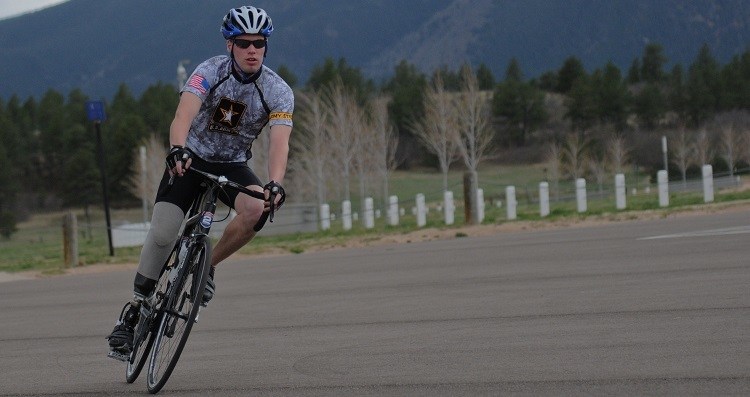- You are here:
- Home »
- Triathlon
- » Everything You Should Know About Triathlons
Everything You Should Know About Triathlons

There are so many reasons why people become interested in the idea of competing in a triathlon, with everyone from serious sporty types to complete fitness beginners wanting to know more about this sporting event. The triathlon is a serious test of strength and endurance, and that fact alone makes it a popular goal for many people to try and achieve.
This sport has a rich history with stories all over the world about how it came to be, but there’s no doubt that America has enjoyed its own special history with the sport as well. We’ve seen so many famous athletes perform amazing feats during the triathlon, and for most of us, that’s where we got our motivation to join up to this unique event.
Triathlons are special sporting events that come with their own specialized equipment, rules, and guidelines, and for a beginner, it can seem as if there’s a lot to digest. If you’ve been considering signing up or training for a triathlon you probably don’t know where to get started, so we’ve made this simple guide to answer all the questions a beginner might have.
What Is A Triathlon?
The most basic definition of a triathlon is a multi-stage sporting event that includes three separate segments where an individual must swim, cycle and run in a test of strength and endurance against other competitors.
There are other variations of the sport that involves different activities and triathlon rules, but when speaking of standard triathlons these are usually the ones you’ll see.
There are many different ways that a triathlon can be set up and with varying triathlon distances, however the most common is the “Olympic triathlon” which involves a 0.93-mile swim, 25-mile bicycle, and 6.2-mile run. These are usually done as individual races however it is possible to have a relay triathlon where one team member does one activity each.
The very first triathlon occurred in France during the 1920s which was called “le Trois sports”, however, an earlier occurrence of a similar race happened in 1902 where competitors ran, cycled and canoed.
In terms of the modern triathlon, the first instance of this was in San Diego, California in 1974 which then lead to the huge following that the sport has today in this country and others around the world.
What Is The Ironman Triathlon?
The Ironman triathlon is undoubtedly the world’s most famous triathlon, but many people often confuse the two sports. Although technically the Ironman is a triathlon, it is known as a much more serious and enduring version of this event, and usually not something that beginners would dare to attempt without years of practice.
The Ironman triathlon features a 2.4-mile swim, then a 112-mile bike ride, finishing up with a 26.2-mile run. Preparing for an Ironman triathlon means you need to be able to bike comfortably for an hour and a half, swim for at least one hour in a single session, and run for an hour and a half.
You’ll need to improve on these base skills so you can expect many hours a week of training with some training each day and a strict eating schedule.
The Benefits Of Competing In A Triathlon
You likely already know that triathletes can easily become obsessed with the sport, and especially during the training stages. There are so many benefits to the individual when you decide to compete in a triathlon, even if you’re an absolute beginner in the fitness stakes.
Essential Triathlon Equipment
One huge part of the preparation for a triathlon is getting your gear in order, and each segment of the race requires its own unique equipment. Here are some things you will need for each stage of a triathlon.
Cycling
Running
Swimming
There are some additional things you might like, depending on personal preference and comfort, and these include sunscreen, additional socks, or a complete triathlon suit that works for all three stages. With time you’ll learn about what makes you comfortable or perform better, and the training period is the ideal time to figure this out.
How To Prepare For A Triathlon
One of the most common challenges facing those new to triathlons is having one strong suit of either running, cycling or swimming and being just average at the others.
There’s a misconception that you should be physically fit and able to achieve great times in all of these activities, but really most triathletes do most of their hard work and improvement during training.
The first thing to do when preparing for a triathlon is find an event in your local area that’s got a reasonable future date for when you’d be ready to begin. Do some research into local triathlon clubs and find like-minded people who are happy to share their tips and experiences and even offer some training support for you.
Before you get started with your training you’ll need to understand just how much of a time commitment this sport can be, and people easily become obsessed during the training stages and want to put in even more time than they anticipated.
For this reason, you have to be realistic about how much time you have spare and whether training for a triathlon is a smart move for your current situation.
With all the planning in place, you can begin to focus on training. Register for an upcoming triathlon with one that suits your speed and skill level so that you know exactly what you’re aiming for. With any of these activities, it’s important to start slow with your training and build your skills up, so you’ll want at least a few months of time beforehand.
Aim to train at least once a day and alternate between each of the activities, giving yourself one day a week of rest. This way your skills should be evenly matched in swimming, cycling, and running so that you feel confident enough to partake in all areas.
For those who feel unsure, it is possible to enter duathlons or aquathlons which mean you do just two activities, and then you can work your way up to a more serious competition.
The World’s Favorite Endurance Sport
There are so many benefits to be found from competing in a triathlon, even before you reach the competition stage and have only just commenced your training. This endurance sport can be challenging and thrilling no matter the style of triathlon or length you choose to compete in.
Training for a triathlon is one of the hardest things you’ll ever do, but also one of the most rewarding. Provided you’re committed to putting in time each day to improve your skills then there’s no way you’ll be disappointed with your result when it comes time compete in the big event.
With a little bit of background information, the right triathlon equipment and a positive attitude towards the hard work you’ll have to put in, you’ll be able to enjoy all of these benefits and more. There’s nothing quite like the satisfying feeling of finishing your first triathlon and it’s a high that you’ll experience every single time you compete.







